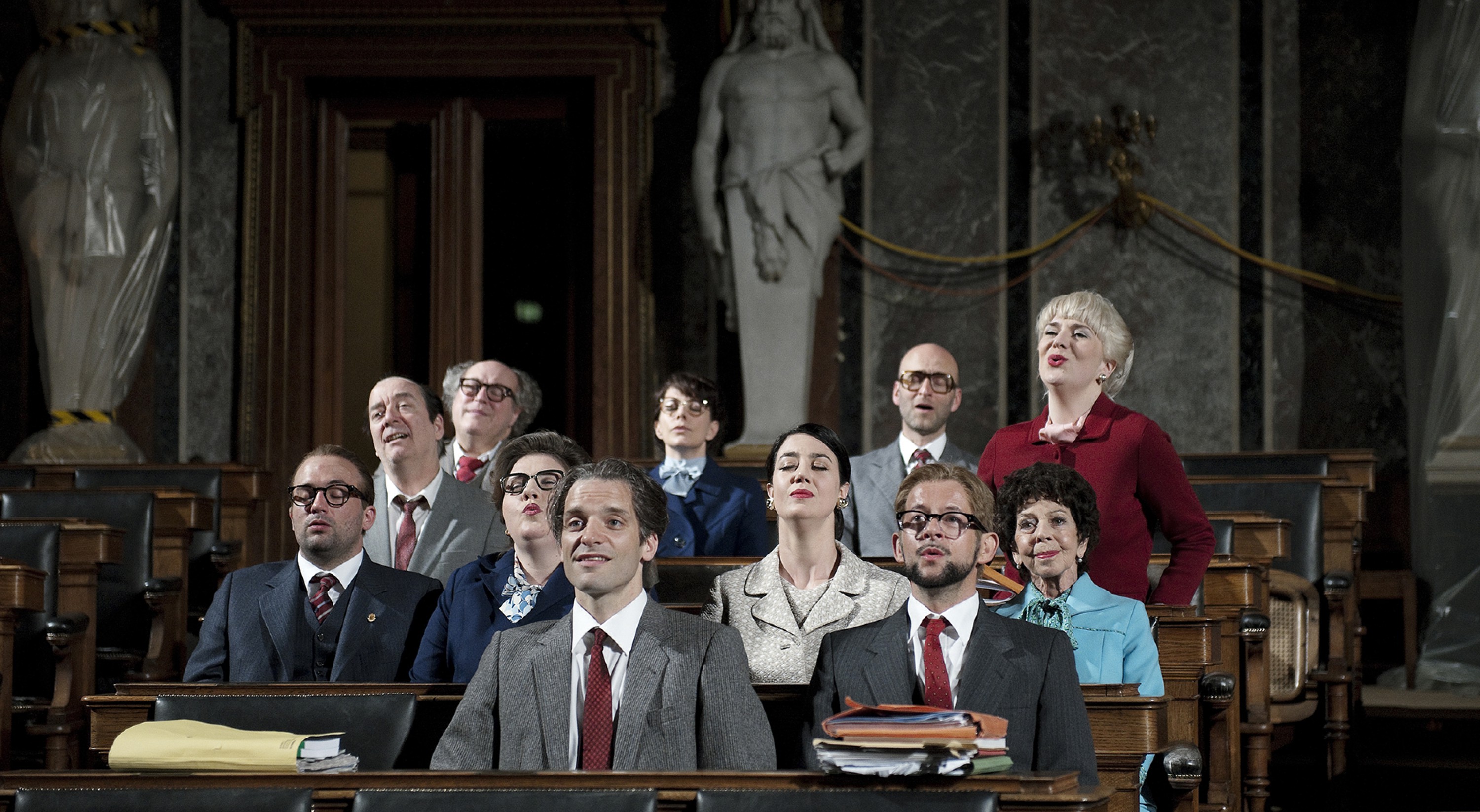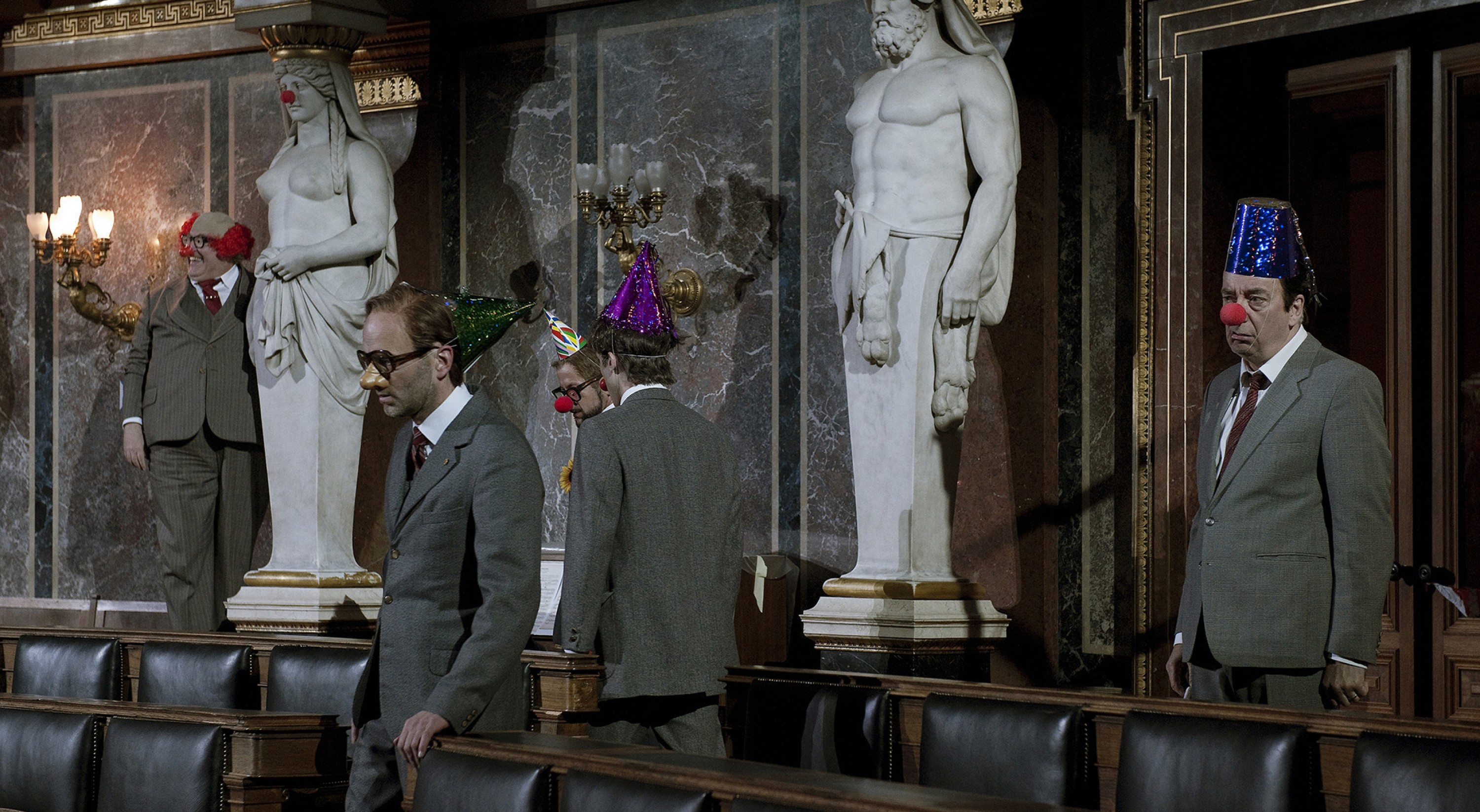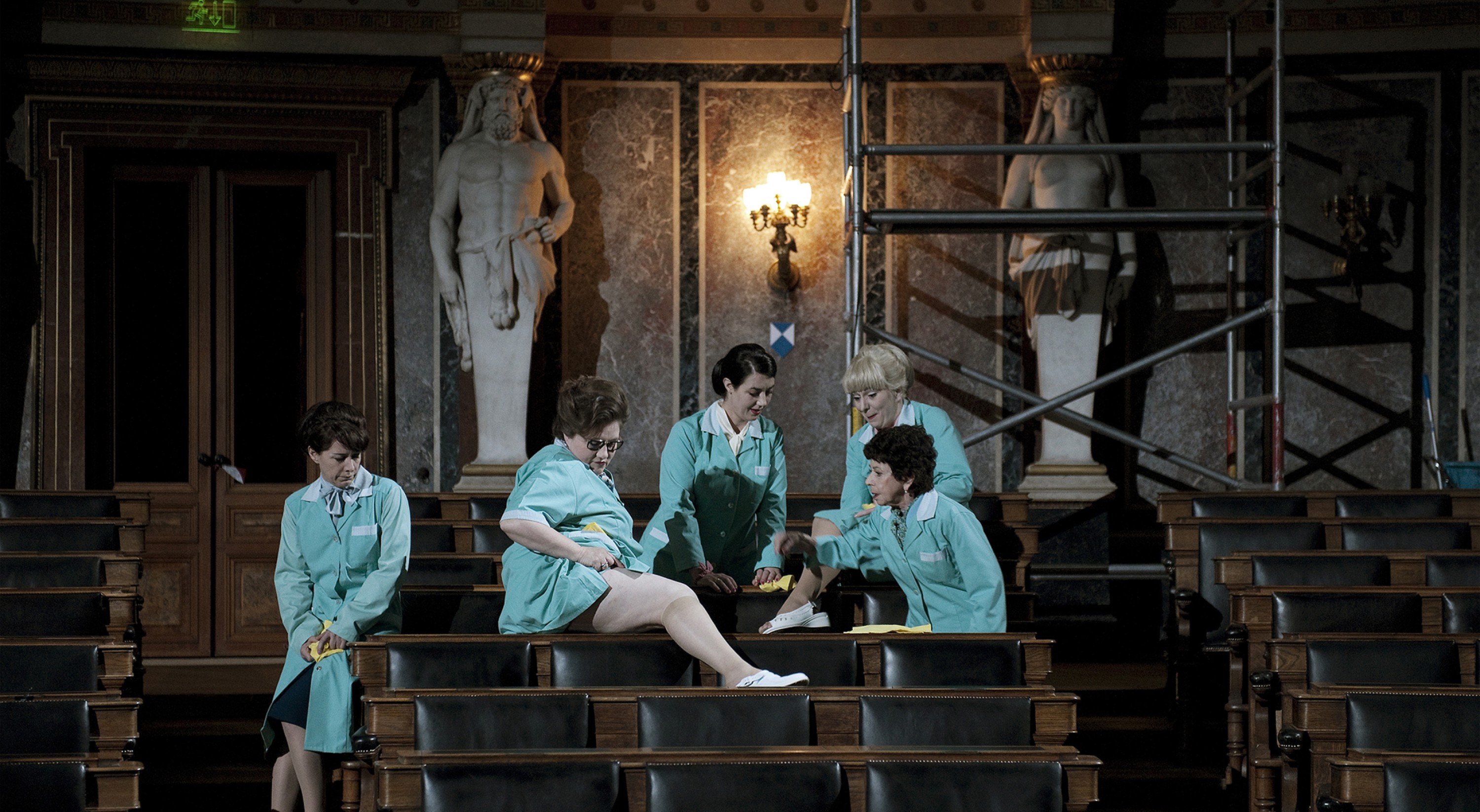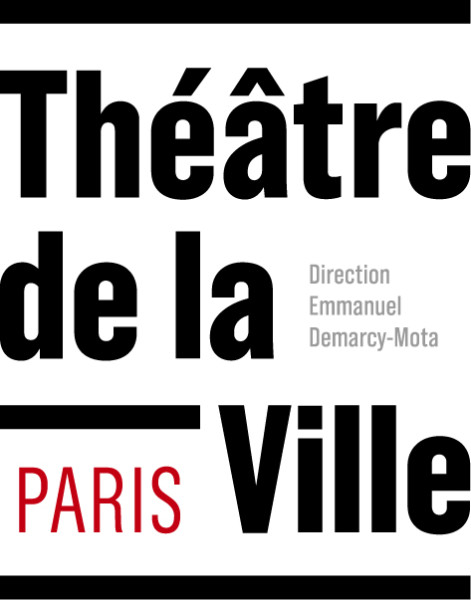Christoph Marthaler
Letzte Tage. Ein Vorabend (Derniers Jours. Une veillée)
septembersept 25 - october – oct 25
Letzte Tage. Ein Vorabend (Derniers Jours. Une veillée)
Director and Music Director, Christoph Marthaler
Music Director, Uli Fussenegger
Space Design, Duri Bischoff
Costumes, Sarah Schittek
Light Design, Phoenix (Andreas Hofer)
Assistant Director, Gerhard Alt
Dramaturgy, Stefanie Carp
With Tora Augestad, Carina Braunschmidt, Bendix Dethleffsen, Silvia Fenz, Ueli Jäggi, Katja Kolm, Josef Ostendorf, Clemens Sienknecht, Bettina Stucky, Michael von der Heide, Thomas Wodianka
Musicians, Uli Fussenegger (contrebass), Hsin-Huei Huang (piano, reed organ), Michele Marelli (clarinet, basset horn), Julia Purgina (viola), Sophie Schafleitner (violin), Martin Veszelovicz (accordion)
Music, Pavel Haas, Ernest Bloch, Rudolf Karel, Józef Koffler, Pjotr Leschenko, Emil František Burian, Charles Loubé/Erich Meder, Erwin Schulhoff, Alexandre Tansman, Viktor Ullmann, Bernhard Lang, Erich Wolfgang Korngold, Uli Fussenegger and others
Production Wiener Festwochen // Coproduction Staatsoper Unter den Linden (Berlin) ; Théâtre de la Ville-Paris ; Festival d’Automne à Paris // Corealisation Théâtre de la Ville-Paris ; Festival d’Automne à Paris // With the support of Ernst von Siemens Musikstiftung // Premiered the 17 of May 2013 at Wiener Festwochen
Partnership with France Inter
A century ago, Europe stood on the verge of the First World War. How has Europe faired since? Letzte Tage. Ein Vorabend, involving singers, actors and musicians, explores the roots of the tragedies of the XXth century. Letzte Tage is played to music composed by exiled or deported Jews. As racism and nationalism re-emerge in Europe, Christoph Marthaler questions the cyclical nature of history.
See also
In the same place



